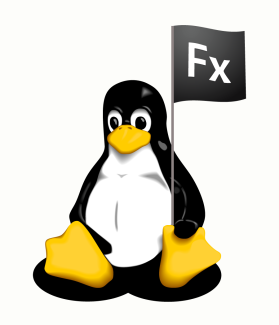From Ubuntu to Linux Mint with Cinnamon
I’m becoming a technology curmudgeon. For as long as I can remember I’ve used a traditional window manager on Linux. Maybe I’m just stuck in my ways but I’m convinced that the combination of Focus Follows Mouse (with a 450ms auto-raise delay), the ThinkPad TrackPoint, and middle-click scrolling is the most efficient way to navigate windows. So Ubuntu’s neglect of that paradigm in favor of something that feels too much like my wife’s Mac has caused me to seek greener pastures.
 Adobe has posted
Adobe has posted